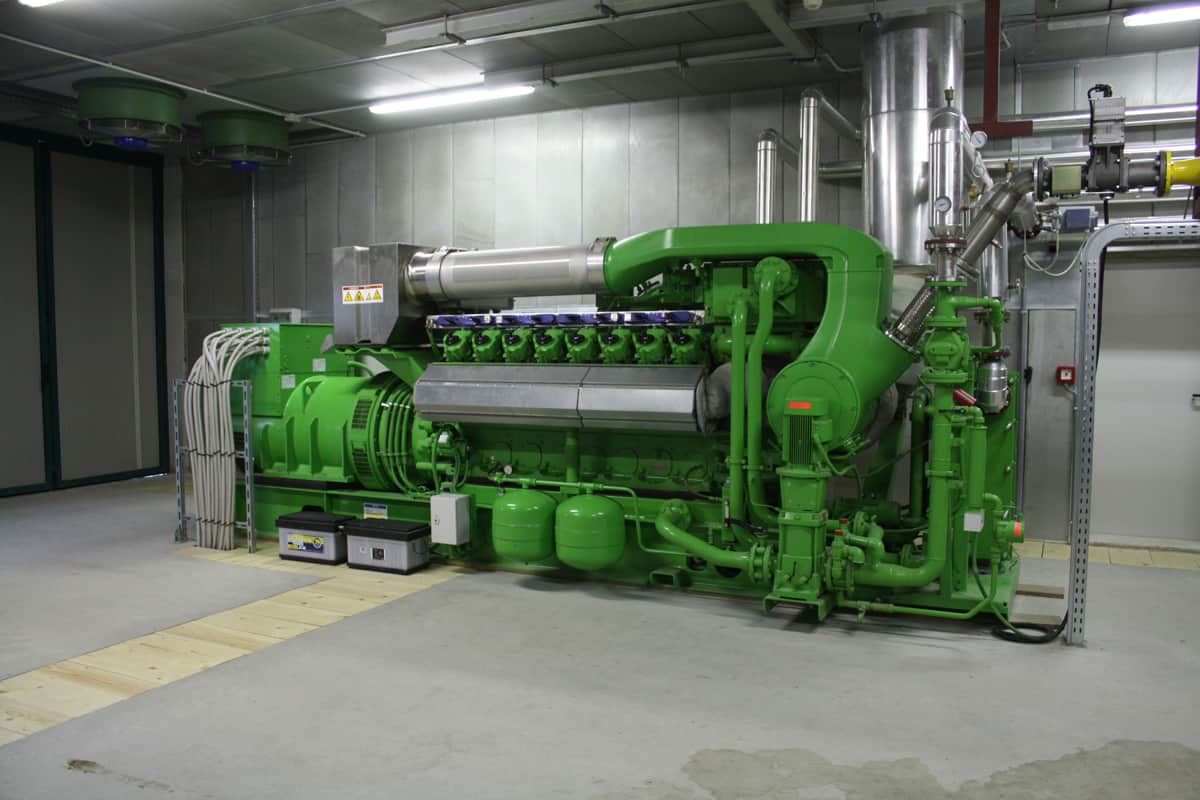Methane Manure
Methane Manure Background
Methane Manure and Anaerobic digester technology is a renewable energy system. Moreover, it reduces the amount of waste produced by livestock operations. Additionally, this renewable energy system processes semi-solid animal feces, specifically from dairy cows creating biogas to generate electricity.
Another type, Plug-flow digesters, are cylindrical tanks to process more liquid manure, such as that from swine or poultry. The plug-flow design also provides a more uniform temperature throughout the tank, allowing more efficient digestion. Complete-mix digesters are similar to slurry digesters but are more efficient at treating more solid materials.
Covered lagoons are large lagoons sealed with a biogas-collecting cover. As a result, these lagoons store and treat large amounts of liquid manure. Importantly, these lagoons generate electricity by capturing the biogas produced during digestion.
Manure Papers
Abstract: Growth and concentration of the livestock industry create opportunities for properly disposing of the large quantities of manures generated at dairy, swine, and poultry farms. Pollutants from unmanaged livestock wastes can degrade the environment, and methane emitted from decomposing manure may contribute to global climate change.
Methane Manure Recovery from Animal Manures The Current Opportunities Casebook, by National Renewable Energy Laboratory, Colorado, 1998.
Economic evaluations and case studies of operating systems indicate that livestock manure anaerobic digestion (AD) is a commercially available bioconversion technology with considerable potential for providing profitable coproducts, including a cost-effective renewable fuel for livestock production operations.
This Casebook examines current opportunities for recovering methane from AD animal manures. U.S. livestock operations currently employ four types of anaerobic digester technology: slurry, plug-flow, complete-mix, and covered lagoon.
An introduction to the engineering economies of these technologies is provided, and possible end-use applications for the methane gas generated by the digestion process are discussed. The economic evaluations are based on engineering studies of digesters that generate electricity from the recovered methane.
Additional information on Methane manure is available on the sister site www.build-a-biogas-plant.com

